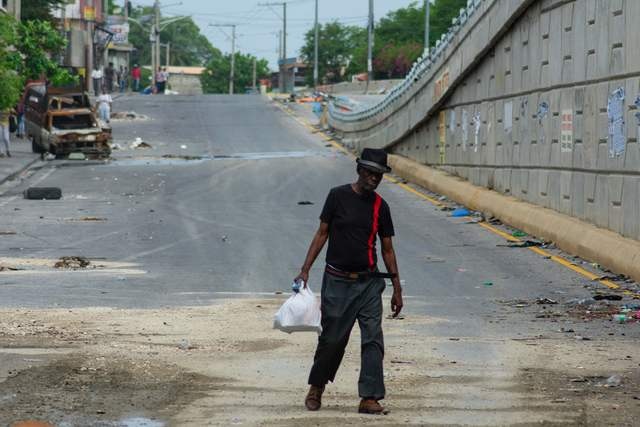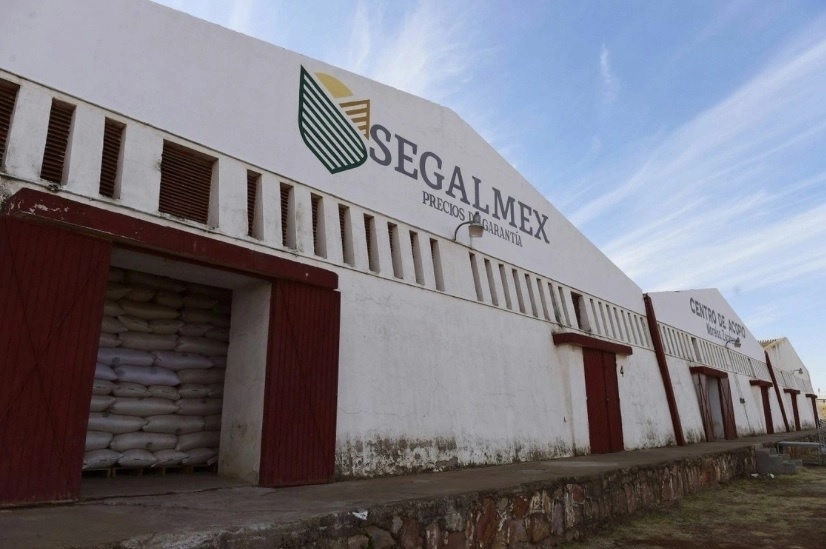Mexico City. More than 70 million people in Latin America and the Caribbean do not have enough income to purchase a basic food basket and 43 million suffer from hunger. This problem is accentuated among women, the indigenous population and inhabitants of rural areas; and responds more to gaps in access to food than to lack of supply, stated José Manuel Salazar-Xirinachs, executive secretary of the Economic Commission for America and the Caribbean (ECLAC).
The lack of access to a basic basket – in a region that stands out as an exporter in the matter – responds to how food supply chains are configured at a global level, to the prices of these goods and to the incidence of poverty, he added. Press conference. Thus, the challenge of reducing hunger and malnutrition in Latin America and the Caribbean begins with the amendment of reducing the lack of income, Salazar-Xirinachs emphasized.
“The incidence of poverty and extreme poverty is higher than ten years ago and this is largely due to the low growth syndrome that the region suffers,” stressed the head of ECLAC. The advance of economic activity in the region during the last ten years has been on average 0.8 percent annually, less than half of the 2 percent of the so-called Lost Decade. “With such low growth rates, it is extremely difficult, if not impossible, to reduce poverty and informality and create quality employment,” he explained.
Hence, it is also more complicated to extinguish hunger and the risk of food insecurity in a region that experiences the paradox of having 15 net food exporting countries, but whose productive sectors reflect the inequality gaps that run through its economic structures. While international markets are supplied by technical and modern agricultural industries, inaccessible to small producers, domestic consumption is the only thing that is left, in part, to the latter.
Lola Castro, regional director for Latin America and the Caribbean of the World Food Program (WFP), warned that Latin America and the Caribbean are at a “crossroads” as they are “the main food exporter in the world.” but have millions of people with food insecurity. Part of this paradox is that the region has the most expensive healthy diet in the world, on average $4 per day, which causes malnutrition and obesity to coexist in the same home and fuels a “public health crisis.”
During the presentation of the special report “Financing for food security and nutrition in Latin America and the Caribbean”, Mario Lubetkin, deputy director general and representative for Latin America and the Caribbean of the Food and Agriculture Organization of the United Nations ( FAO by its acronym in English), highlighted that inaction against hunger and food insecurity represents an average of 6.4 percent of GDP in the region, while closing the gaps in access to healthy diets is 1.5 percent.
The FAO representative highlighted that although the organization’s most recent estimates show that hunger in Latin America and the Caribbean was reduced by 3 million people to reach 43 million in 2022, the data warn of the pending eradication of this problem in 2030. For now, food insecurity affects 37.5 percent of Latin Americans, above the 29.6 percent world average.
In the presentation of the report prepared by FAO, ECLAC, WFP and the Inter-American Institute for Cooperation on Agriculture, Lubetkin pointed out that “it is essential” to align social, economic and trade policies and the objectives of improving food security and nutrition in Latin America and the Caribbean, especially when food spending represents 22 percent of the region’s GDP.
#income #basic #basket #million #inhabitants
– 2024-05-06 22:59:50


